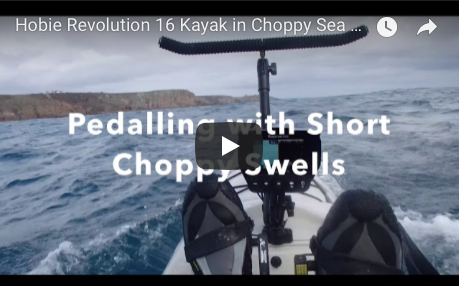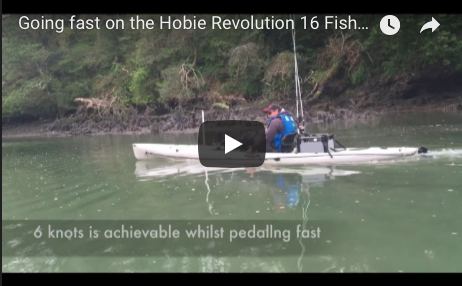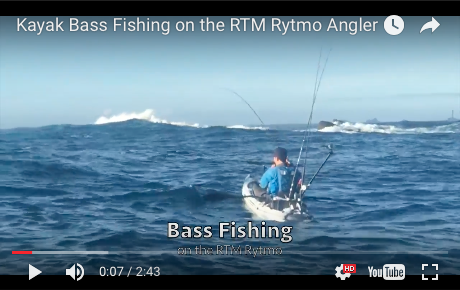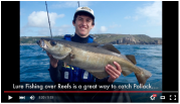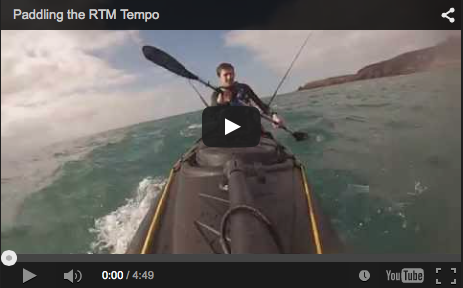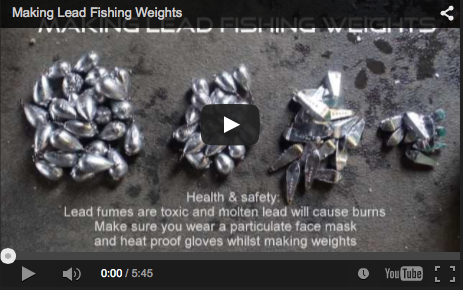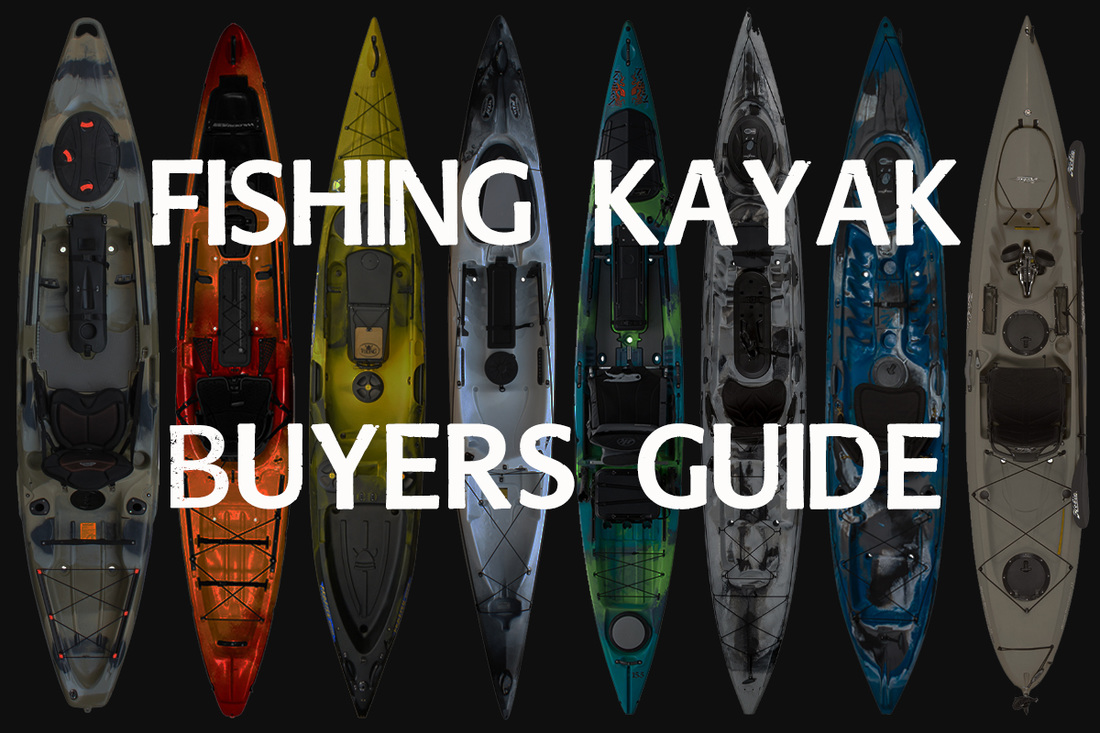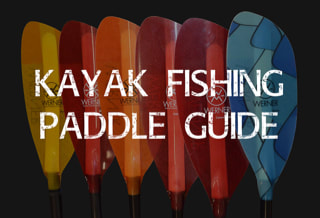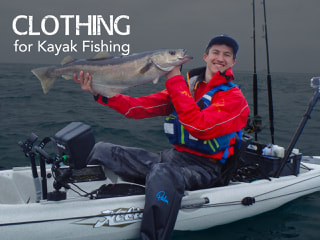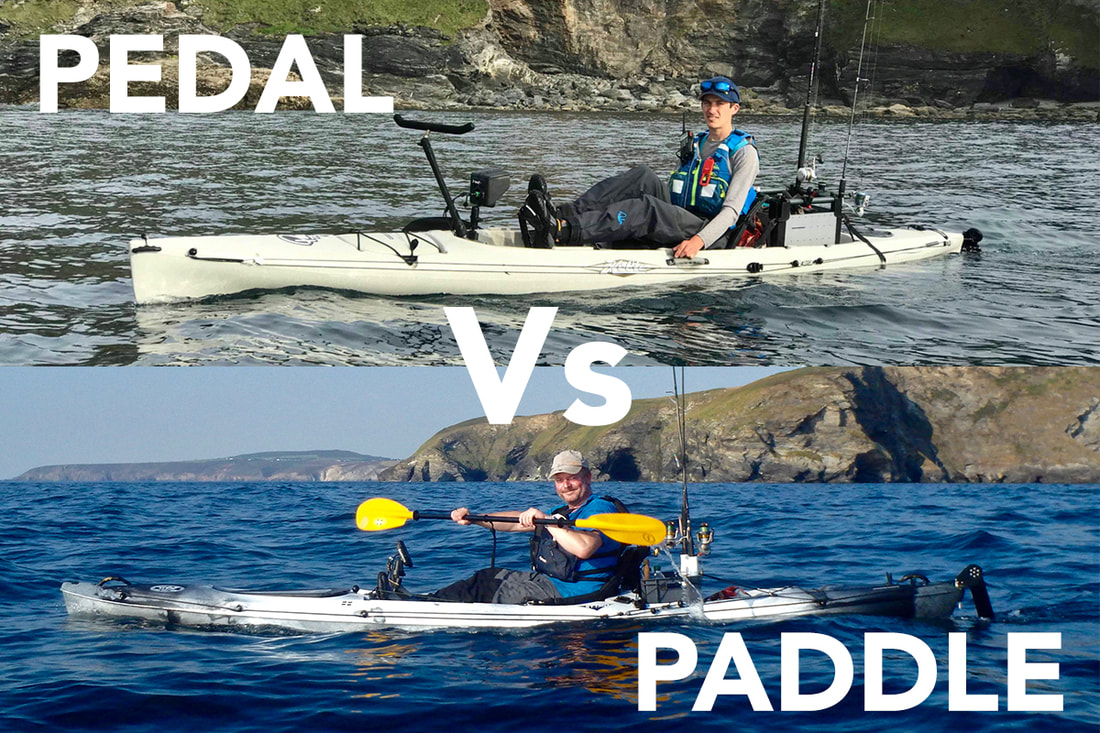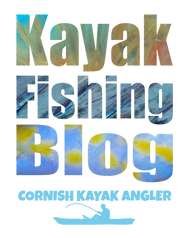Choosing a Paddle for Kayak FishingA paddle is an essential piece of kit for kayaking. The very definition of a paddle is "an implement used for pushing against a liquid", therefore if one is pushing their paddle against the water they are in turn pulling their craft through the water - propulsion. No paddle, no propulsion, unless your harnessing some form of environmental force e.g. the wind, tide or currents, or using a powered motor or pedal-drive kayak. Nevertheless a paddle is the primary means used by most to propel their kayak through the water. Given the necessity of having a paddle it would seem intuitive to take a closer look at what makes a good paddle for kayak fishing. There is a huge range of paddles available on the market ranging from cheap basic ones up to top-end performance designs. Many paddles are completely unsuitable for kayak fishing. Even the paddles that are suitable for kayak fishing vary in their design, construction and suitability for different paddling styles. Whilst one might think that "a paddle is a paddle, they all do the same job", it is like saying that all cars are the same, or all fishing rods are the same! The difference between a cheap basic paddle and a top end performance paddle can make a huge difference to ease of use and comfort when paddling. Delving into the world of paddles and paddle design can get very technical and complex, netherless it is certainly worth reading up about certain aspects to allow you to make a more informed choice when buying a paddle. You don't have to spend a fortune to get a good paddle and what one may define as a good paddle will certainly be dictated by their budget! This blog post will cover everything from budget spec paddles up to the top money models and take a closer look at the following topics:
Paddles to AvoidA paddle for kayak fishing requires a paddle for kayaking..... well thats obvious i hear you say! For some yes, but not to all. So what is a kayak paddle? A kayak paddle is one with two blades, one at either end of a paddle shaft, and is suitable for both sit-in kayaks and sit-on kayaks. This differs from a Canoe Paddle, which is one with a single blade at the end of a short paddle shaft and designed for use in open boats, canadian canoes and some open-cockpit sit-in kayaks. Kayak paddles come in a various lengths ranging from around 185cm up to 260cm+, but only a certain size range are best suited for paddling sit-on-top fishing kayaks. Paddles in the 185cm-205cm range are best suited for whitewater kayaking, surf kayaking and playboating, as well as for junior paddlers. These shorter paddles are suited to high cadence (high paddle stroke rate) paddling and short sharp paddle maneovures for fine control of smaller whitewater kayaks. These paddles are not suitable for wider fishing kayaks. Even paddles in the 200-210cm range of not the best suited for fishing kayaks. Paddles in this size range are sometimes preferred by those paddling narrow kayaks, or junior paddlers. Avoid single bladed canoe paddles. Avoid paddles of less than 210cm. So lets take a look at what length paddles are most suited for fishing kayaks.... Paddle LengthPaddles between 215cm and 230cm will suit just about every fishing kayak available on the UK market. Even within this size range, some lengths are more suited to particular kayaks than others. There are many paddle size guides available online. These are often published by American websites/companies. They often recommend paddles which are longer than would be recommended by most experienced UK kayak fisherman, and UK sea/touring kayakers in general. I think this is down to the paddling style adopted by kayakers in different countries. It is worth talking a little about paddling style before we go any further, as it may well determine which type of paddle is best for you. Paddling StylesDifferent paddling styles can be broken down into 3 main types: Low, Mid and High, with each type determined by the angle at which you hold your paddle during a paddle stroke. Some people further catergorise to intermediate mid-high and low-mid styles as well. A high angle paddle stroke will see you hold the paddle at a 'high-angle' relative to horizonatal, in most cases this is around or over 45°, with the paddle blades being put through the water close to the side of the kayak. A high-angle paddling style is more suited to powerful paddlers who can paddle with a higher cadence (paddle stroke rate). A well-conditioned paddler can maintain a high-angle paddling over longer distances, but for many it is quite an aggressive and energy-consuming paddle style. It is also only an efficient paddle stroke with some narrower sit-on-top kayaks - if the kayak is too wide it becomes difficult to maintain a high-angle without hitting the sides of the kayak! A 'mid-to-high angle' paddle stroke will see you hold paddle at approx. 40°, a 'mid-angle' paddle stroke will see you hold paddle at approx. 35°, and a 'low-angle' paddle stroke will see you hold paddle at around or less than 25° relative to horizonatal. As the paddle stroke gets lower, the further from the kayak the paddle blade passes through the water, and the lower on the body the paddle is held to achieve the necessary angle for the paddling style. A low-angle paddling style is a relaxed paddling method. This paddle style is more suited to endurance paddling in calm conditions. For some wider fishing kayaks this is the only paddle style that can efficiently be used as higher styles cause the paddler to hit the sides of the kayak whilst paddling. This is a popular style in America where wider kayaks and calm lake conditions are commonplace. A mid-angle paddling style is what many people naturally take too, particularly those paddling on the sea. It is the middle ground between power output, endurance and effort input. The slightly higher 'mid-to-high angle' paddle stroke finds the mid-ground between the mid and high angle styles, and seems to be the style i usually use when paddling on the open sea as it allows for that bit more grunt and power when negotiating choppy conditions or paddling against the tide. Each style is approximately shown in the image below: Paddle style, to some extent, will determine which length paddle is best to go for. A high angle paddling style will see the point of pivoting (the centre of rotation of the paddle shaft) sit higher up on the paddlers body, due to the steeper angle needed to use this paddle stroke. With the blades entering the water close to the kayak a longer paddle is not needed and in fact becomes a hinderance to efficient paddling - a shorter paddle is more benficial. A low angle paddling style sees the point of paddle pivoting sit lower on the kayakers body, and with the blades entering the water at a lower angle further from the kayak, a longer paddle is required for efficient paddle strokes. As previously mentioned, many UK kayak fisherman adopt a mid angle or mid-to-high angle paddling style when paddling with a view to going somewhere (as opposed to just pottering around, or slow trolling). It is on a mid and high angle paddling style assumption that the table below has been formulated. There are also a number of other factors that affect the optimum paddle size for fishing kayaks (and sit-on top kayaks in general):
This is the major factor affecting which length paddle to go and is closely linked to paddling style. Use a paddle that is too short and you will end up banging your hands against the sides of the kayak. To negate this you will end up having to lean from side to side whilst paddling to clear the side of the kayak - this is neither comfortable or kind on your back! Use a paddle that is too long and it will feel unwieldy, cause the blades to dip too far into the water and hamper efficient paddling. The right size paddle will allow you paddle with a fairly straight torso and allow you to efficiently plant the paddle blades into the water on each stroke without coming into contact with the kayak.
Some paddle size guides will suggest that the paddlers height comes into effect, and to a degree it does, but not anywhere near the extent that the kayaks width or your paddling style does. I'd almost go as far as saying ignore your height, unless your particularly short - perhaps less than 5ft 4in. If this is the case then jump down 5 or 10cm in paddle length. Very tall paddlers - perhaps over 6ft 4in - may need to jump up 5 or 10cm in paddle length from what is shown in the table below. The vast majority of paddlers will find themselves within the 5ft 4in - 6ft 4in range, and it is this size range that has been taken into account when putting together the table below. Paddle Size Guide for Fishing KayaksThe below table shows the paddle size i recommend for a kayak angler paddling with a mid or high angle paddling style, within the 5ft 4in to 6ft 4in height range, for a number of popular fishing kayaks used in the UK. Whilst the paddle sizes recommended here may not suit some, they will certianly be suitable for the majority of paddlers. Kayak Model | Kayak Width | Paddle LengthStealth Profisha | 60.5cm | 215cm Kaskazi Marlin | 62cm | 215cm Kaskazi Dorado 2 | 63cm | 215cm Ocean Kayak Scupper Pro | 66cm | 215cm RTM Tempo Angler | 67cm | 215cm Wilderness Systems Tarpon 140 | 71cm | 215cm Ocean Kayak Tetra 12 Angler | 71.1cm | 215cm Ocean Kayak Prowler 13 | 71.1cm | 215cm RTM Abaco 4.20 | 72cm | 215cm RTM Rytmo Angler | 72cm | 215cm Ocean Kayak Trident 15 | 72cm | 215cm Wilderness Systems Thresher 140 | 73cm | 220cm Ocean Kayak Trident 13 | 73.7cm | 220cm Ocean Kayak Trident Ultra 4.3 | 74cm | 220cm Ocean Kayak Trident Ultra 4.7 | 74cm | 220cm Ocean Kayak Tetra 10 Angler | 74.9cm | 220cm Feelfree Moken 12 | 75cm | 220cm Perception Triumph 13 Angler | 75cm | 220cm Viking Profish Reload | 75cm | 220cm RTM Abaco 3.60 | 76cm | 220cm Wilderness Systems Tarpon 120 | 76cm | 220cm Wilderness Systems Thresher 155 | 76cm | 220cm Jackson Kraken 15.5 | 76cm | 220cm Feelfree Fish N Tour | 76.2cm | 220cm Wilderness Systems Tarpon 100 | 77cm | 220cm Jackson Kraken 13.5 | 77cm | 220cm Ocean Kayak Trident 11 | 77.5cm | 220cm Viking Profish 400 Lite | 78cm | 220cm Feelfree Moken 14 | 78cm | 220cm Jackson Cuda 14 | 78.7cm | 220cm Feelfree Moken 10 Lite | 79cm | 220cm Feelfree Moken 12.5 | 82cm | 220cm Viking Profish GT | 82cm | 220cm Ocean Kayak Prowler Big Game 2 | 86.4cm | 230cm Old Town Predator 13 | 86.4cm | 230cm 3 Waters Big Fish 120 | 89cm | 230cm Feelfree Moken 10 | 89.5cm | 230cm Feelfree Lure 10 | 91cm | 230cm Feelfree Lure 11.5 | 91cm | 230cm Feelfree Lure 13.5 | 91cm | 230cm There appears to be quite clear kayak width catergories for each paddle size:
Now you have some idea about which length paddle to go for, lets take a look at different paddle constructions.... Paddle Shaft MaterialsPaddle shafts can be made from a range of materials. Traditionally paddles were carved from wood but today we find more modern materials used in paddle manufacture. A basic budget paddle will have an Alloy shaft. Alloy paddles are what many first time paddlers opt for. They do the job but can be fairly heavy and feel cold on the hands in use - this is particularly noticeable if its a cold day! Really cheap alloy paddles (usually less than £30) will often succumb to surface corrosion and pitting and take on a rough feel. You can find slightly better alloy paddles with anodised finishes or coatings, or corrosion inhibitors used in manufacture, which are a bit more durable. You don't have to spend a lot though to move away from alloy and into a composite paddle shaft. Composite shafts basically increase in price the lighter they get, and this is summarised in the image below. They are also nicer to use as they aren't cold to the touch! Composite shaft materials include fibreglass, carbon/glass blends and carbon fibre. Most compste shafts will come with ovalised grip sections to allow for a firm hold of the paddle for more efficient and comfortable use. Paddles with fibreglass shafts can be found for upwards of around £50-60 and offer a some weight saving over alloy. If you want a really light paddle then it is a case of going for a carbon or carbon blend shaft. These can be found upwards of around £110. In terms of durability, during normal kayaking use there is very little to seperate the robustness of alloy, fibreglass or carbon shafts. If your on a budget then a fibreglass shaft paddle offers the best compromise between weight, price and comfort during use. If you can afford it then go carbon! Using a lightweight paddle provides a number of advantages - with each paddle stroke you are having to move less weight through the air and water, over several hundred or several thousand paddle strokes this can equate to a considerable amount of effort saved, and when your hard at work paddling to and from your fishing mark, or battling back to shore against the conditions, every little helps! Lighter paddles really are a joy to use. Straight Shaft vs Crank ShaftThere are two main types of paddle shaft design - the traditional straight shaft and a more modern crank shaft (also know as a bent shaft). The difference is as simple as it sounds - the straight shaft has a straight shaft and the bent/crank shaft has a bent shaft! But why a bent/crank shaft? A crank shaft is designed so that your hands grip an angled piece of shaft. This has the effect of aligning your wrists with the paddle shaft at a more natural/relaxed angle, thus reducing stress and strain at the wrist joints. It is only really worth considering this for kayak fishing if you are intending on doing a lot of paddling, or suffer from wrist pain/problems. I switched to a crank shaft about 18 months ago - initally i didn't really notice much difference....until i used a straight shaft paddle again! I could then feel the difference in wrist position and i'm not sure i could go back to using a straight shaft all the time for distance paddling. Some people don't get on with crank shafts at all and don't like the feel of them. If possible it is worth holding a crank shaft paddle if you ever get the chance to see how you find it. Werner produce a 'neutral bent shaft' where the blades and straight sections of shaft are in-line to provide the familar paddling feel of a straight shaft paddle but with the advantage of cranked grip sections. I use this type of shaft and the transition from a straight shaft was very easy. Whilst being potentially advantageous, a decent crank shaft paddle will fetch a high price of £300+. This is because for a decent crank shaft paddle the shaft will be constructed from carbon. You can find cheap alloy versions but using a heavy alloy paddle defeats the point of taking strain off the wrists with the crank shaft! Avoid the alloy cranks and put the money towards a paddle that really will provide benefit. A straight shaft paddle is adequate for the vast majority of paddlers and prices of straight shaft paddles start at around £40 for decent alloy, £60-120 for fibreglass and £120-£250+ for a carbon or carbon blend shaft. Other Paddle Shaft FeaturesThere are a couple of other features that should come as standard on any good paddle. Drip rings should be found at either end of the paddle shaft. These function to prevent the water running down the shaft and soaking your hands and lap. Instead the water drips off the rings and back into the water. These should be positioned so that they do not dip into the water whilst paddling, but also not far enough back that the water drips back onto you. All good paddles will also have some form of index grip - this functions to allow you to grip one hand (right handed paddler will grip their right hand, and vice-versa) tightly onto the paddle shaft. The paddle shaft will rotate slightly through the opposite hand during a paddle stroke, thus is held more loosely in this hand. Really cheap paddles won't feature any form of index grip. Some cheaper paddles may feature a ridge at the holding position to create a grip point. Fibreglass and carbon paddles tend to feature ovalisation of the shaft to allow for a good grip point. Paddle Blade MaterialsJust like paddle shafts, paddle blades can be made from a range of materials, each offering a different efficiency and feel whilst paddling. Paddle blades basically go up in price as they become lighter and stiffer. At the basic and cheap end of the list is plastic polypropylene blades. These are particularly durable but are fairly flexible and this blade flex can be noticeable when pulling the blade through the water. Some of the energy put into the paddle stroke is lost during this flexing. Polypropylene blades are also fairly heavy. Next up you will find Nylon blades. These are usually reinforced by either Fibreglass or Carbon (sometimes other materials too). These offer some increase in blade stiffness and a small weight saving over polypropylene. You have to move to Fibreglass or Carbon blades to see any major increase in performance though. Fibreglass blades (glass fibres bonded with epoxy resin) are stiff and fairly light, and often come in a vast array of colours and designs. Carbon blades (carbon fibre bonded with epoxy resin) are very stiff and even lighter than fibreglass blades. These are top performing blades - not essential for kayak fishing but they sure are a joy to paddle with! The difference between the plastic blades (polypropylene and nylon) and the composite blades (glass and carbon) is quite noticeable in use. If you are regularly paddling, or planning on long distance trips, then it really is worth stretching the budget to allow for a paddle with glass or carbon blades. Some paddle blades can come with the option of having a foam core construction. This is where a layer of rigid foam is sandwiched between or encased in a layer of solid outer material, in paddles this is usually carbon fibre. A foam core paddle blade will be more buoyant in the water. Some users report easier exiting of the blade from the water with smoother linking of paddle strokes and fairly effortless paddling. The main advantage for touring paddlers and kayak anglers is that foam core paddles are lighter than their non-foam core counterparts, with most 2-piece straight shaft designs weighing in at under 700g! Whilst being lighter in weight, a foam core blade is also stiffer than a non-foam core blade. Foam core bladed paddles really are designed for top performance, but certainly not needed for kayak fishing unless your wanting to splash out on the best. In terms of durability, under normal kayak fishing use, there is little to seperate the blade materials. The polypropylene and nylon blades are more durable against scuffs and scrapes against rocks and the like, but the fibreglass and carbon blades will still take a battering. After many years of use a composite blade may start to 'fur' at the edges as they begn to wear. I wouldn't spend too much time worrying about breaking a blade whilst kayak fishing, all the materials are pretty tough. What is worth noting however is build quality. A higher end paddle is more liekly to have a stronger blade to shaft connection. Plastic blades are usually glued on, and some may also have a single rivet to prevent twisting of the blade - i have seen these joints fail if the glue perishes. Composite blades are usually bonded to the shaft with epoxy resin - this is super strong and unlikely to ever fail. Blade Size & ShapePaddle blades come in various shapes and sizes. These can range from very long and thin blades which are practically flattened sections of shaft (as seen in Greenland Paddles) to large and wide blades. Different blade sizes and shapes provide a different feel when paddling and different amount of power output for the effort input, therefore different shapes and sizes are suited to different types of paddling and paddling styles. Large blades will have surface areas in excess of 700cm²²2, and are wide for their length. These blades provide a lot of power when pushed against the water and are best suited to high angle paddling styles. Whilst providing powerful paddle strokes they do require more effort to use efficiently. You will find large blades on many white water paddles where power is needed over endurance when negotiating river rapids and falls, but they can also be found on sea kayaking/touring paddles. They are best suited to powerful paddlers particularly when being used for long distance paddling. Larger blades are suitable for some kayak anglers as paddling over long distances is often not required during a fishing session, where paddling may only make up a small percentage of time on the water. If you are a larger paddler or a particualrly strong paddler then a large bladed paddle is worth considering. Mid-sized blades will have a surface area around 600-700cm2 and will suit the majority of kayak fisherman. These blades are easier to pull through the water and come in two main shapes: short and wide, or long and thin. Each shape suits a different paddling style. A regular shaped mid-sized blade is very much a scaled down version of a large blade. It therefore provides a slight reduction in power but in return is easier to pull through the water making this a better paddle for distance paddling over a large blade. This is very much an all-round blade shape and will suit mid-angle paddlers, but can also step up to a high angle paddle stroke with more effort input if needed. This is a very popular blade shape and size and can be found on many recreational kayaking paddles. These mid-power blades are a great option for kayak fisherman, particularly novice paddlers. Longer mid-sized blades are the easiest to pull through the water. They offer low power but in return are easier to use when paddling over long distances in calmer conditions where powerful paddle strokes are not required. They are very much suited to low angle paddling and the long blades offers a greater surface area when used at a low angle compared to mid or large blades, meaning greater performance when using this blade shape for low angle paddling. They will handle mid-angle paddle strokes when a bit more power is needed but try powerful high-angle strokes and you will find a lack of grunt! If you have a wider fishing kayak where low angle paddle strokes may be the norm, and are mainly paddling in calm conditions, then a longer mid-sized blade may be worth considering. Regular shaped mid-sized blades and large blades are best suited for the majority of UK kayak anglers. 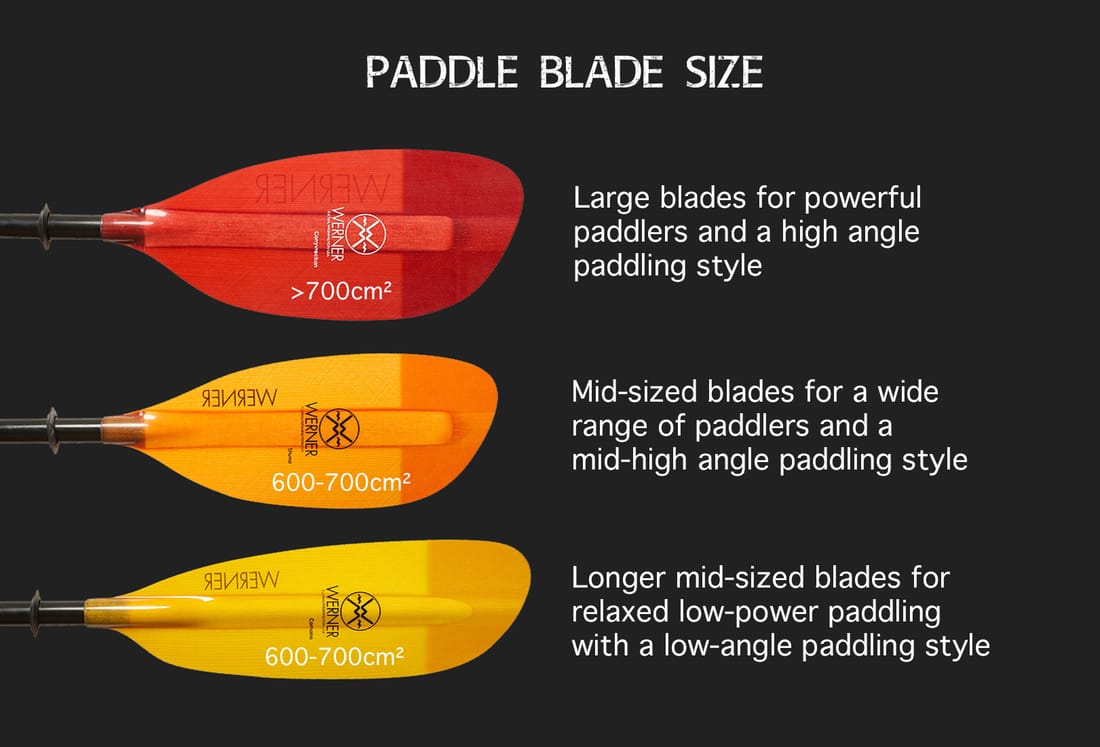 You may also notice that the blades in the above diagram are not symmetrical in shape either side of the shaft. Just about any touring paddle you find will have an assymetrical blade shape - this is where the top edge of the blade is longer than the bottom edge. This design takes into consideration that a paddle will enter the water at an angle to the surface. An assymetrical design functions to offer an approximately equal surface area of blade to the water either side of the shaft during a paddle stroke. Equal pressure is therefore exerted on each half of the blade face and this provides a cleaner paddle stroke with less chance of the blade wanting to twist/kick up or down mid-stroke. The cross-sectional shape of a paddle is also worth mentioning here. Most modern paddles will have a di-hedral cross-sectional shape, some to more of an extent than others. This is where there is a pronounced ridge or spine down the centre of the paddle, which then tapers away at a shallow angle towards the edge of the blade. This design channels the water off the blade in a uniform manner with laminar flow around the edges, making for smoother paddle strokes. The spine or ridge also helps to stiffen the blade. Some cheap paddles feature flat blades, or poorly designed blades, and these can cause turbulent water flow as the water moves off the paddle during a stroke - this can have the effect of causing the blade to slightly wobble or flutter during use, thus reducing efficiency. If you have ever felt the paddle shaft vibrate in your hands during a paddle stroke then this is flutter. Blade flutter is very much a consequence of poor paddle blade design - even a poor design made from expensive carbon will still flutter as the water will travel over the blade in the same way regardless of what material it is made from. Most paddles will also be curved slightly along their length too, again to improve the way the water is pushed by the blade. This design also helps the paddle to 'catch' the water early - a slightly curved blade will have its point at a more perpendicular angle to the water just as the blade enters the water, thus 'biting' the water slightly earlier and more efficiently than a non-curved blade. A cleaner 'catch' will make for a smoother and more efficient paddle stroke. It is worth having a closer look at a paddle blade if purchasing a paddle in a kayak shop to compare different designs. Blade FeatherThe feather of a kayak blade is the angle found between the two blade faces. If the blades are both in-line they are said to have zero feather. If the blades are at right angles to each other then they have a 90° feather. During a paddle stroke the action of lifting out one blade to plant the other will require some rotation of the paddle shaft - blade feathering reduces the need to rotate the paddle shaft, thus reducing the load on your wrists! There will be one particular angle that requires the least amount of wrist twisting/shaft rotation, and at this angle you should find paddling the most comfortable and least strenuous. Paddling style does have some effect, with a low angle style often requiring less paddle rotation during each paddle stroke, and a high-angle style requiring more rotation. For most, particularly new paddlers, a feather of 60° or 45° is adequate, hence why these feathers are commonly found on one-piece set-feather paddles. Some people prefer paddling with a specific feathering, whether that may be 90°, 75°, 60°, 45°, 30°, 15° or zero feather. Most two-piece paddles allow you to change the blade feather - some more so than others. Cheaper two-piece paddles often offer only one 'angled' feather in left and right handed directions (usually 45° or 60°) along with zero feather. These are usually based on a simple push-button system. More expensive paddles often allow for more adjustability. Various systems exist using push-button designs, clamp designs and screw-together ferrules. One of the neatest designs is the Werner Adustable Ferrule, which allows blade feathering of increasing increments of 15° left and right of a zero feather. This system is very easy to use and when the two sections are pushed-together, they provide the solid feel of a one-piece paddle. Blade feather is very much a personal choice and is difficult to know which is your preffered angle without having paddled a fair bit. If in doubt, and your not getting a paddle that allows for numerous feathering angles, then go for a 60° or 45° feathered paddle. Recommended Paddle ModelsThe above information has hopefully given you some insight into the different types and variations of paddles available on the market for kayak fishing. Perhaps this information can help you to narrow down the exact type/length/style paddle you require for your kayak fishing, but there is always the issue of which brand to go for! Many kayak manfacturers produce some sort of paddle to supply with their kayaks or to sell seperately e.g. Feelfree. In most cases these paddles are budget options. There are many dedicated paddle manufacturers who cover the whole spectrum of paddles from budget spec to high-end performance designs, to suit everyone. Some of the most respected paddle manufacturers known for their quality paddles, and widely used by UK kayak anglers include Werner, Celtic (formerly Lendal) and Aquabound. There are many other paddle manufacturers that also produce decent quality paddles but are used to a lesser extent in the UK (probably due to availability issues). These include paddles by Adventure Technology, VE, Robson, AInsworth, Ophion, Carlisle, Bending Branches and more. Below are some recommended paddle models to take a closer look at. These include some of the most popular models used by kayak anglers across the UK. These are all straight shaft unless specified: Sub £50 Paddles:
£50-£100 Paddles:
£100-£150 Paddles:
£150-200 Paddles:
£200-300 Paddles:
£300+ Paddles:
My Paddle ChoiceI currently use a 215cm Werner Shuna with a neutral bent carbon shaft and carbon blades. This offers a lightweight paddle that is easy on the wrists and is a joy to use over both short and longer distances. The mid-sized blades suit my mid-angle paddling style but has the grunt when i need to put some more effort in with a mid-to-high or high angle paddling style. The stiff carbon blades really do provide lots of connectivity with the water and it feels like all the effort put in is coveyed into moving the kayak. The adjustable ferrule system is very good and when paddling you wouldn't know that it is a 2-piece shaft. It is a great all-rounder and having tried several other paddles, i am yet to find anything nicer to paddle with. It is a top money paddle but it is worth every single penny! Buying a PaddleHopefully this blog post will have helped some to narrow down their choice of paddle for kayak fishing or have more of an idea about which paddle may be best suited for them. In an ideal world you would get an opportunity to test paddle several models to compare, but realistically this is unlikely to happen. If possible go along to a paddlesports shop (such as the Canoe Shops Group Stores) and take a closer look at the paddles on sale and get a rough feel for each one. If you are a newcomer to kayak fishing and are looking at taking it up as a regular hobby then it really is worth spending over £100 to get away from the heavier paddles with basic blades. If you are a newcomer to kayak fishing and are unsure if you will be in it for the long run then go with a more basic paddle under £100. It won't be the end of the world to sell it and upgrade if needed at a later date. If you are a regular kayak angler and want to upgrade to something lighter or more suited to your paddling style then the sky is the limit - spend as much as your budget will allow. The lighter top money paddles really are worth the money and will make your kayak fishing sessions that bit more enjoyable. Happy Paddle Shopping! 16/5/2018 12:22:43
The information provide in this blog is really awesome. Keep posting such type of information. Thanks for sharing the useful and informative post. 7/4/2021 21:02:43
Your Tips is so nice and very informative. Thank you for sharing all the helpful tips. 12/7/2021 16:28:01
I want to go on a kayak fishing trip, but I'm not sure how to choose a paddle. It makes sense that I would want to get one that's the proper length! That seems like a great way to ensure that I get the right amount of leverage when I'm paddling along in the water. Comments are closed.
|
AuthorLiam Faisey My Tackle ShopSPONSORSProudly associated with
Cornwall's only specialist kayak fishing shop
Archives
March 2023
Categories
All
Add my blog to your feed reader by clicking the button below
Get blog updates via email
Kayak Fishing VideosCustom feed reader powered by FeedWind
Useful Links
Anglers Afloat
Cornish Shore & Kayak Fisherman Cornwall Canoes Palm Equipment Penzance Kayak Fishing Meet Info Saltwater Kayak Fisherman Magic Seaweed XC Weather |
|
Website powered by pasties and the hope of good weather!
© 2023 Liam Faisey
© 2023 Liam Faisey

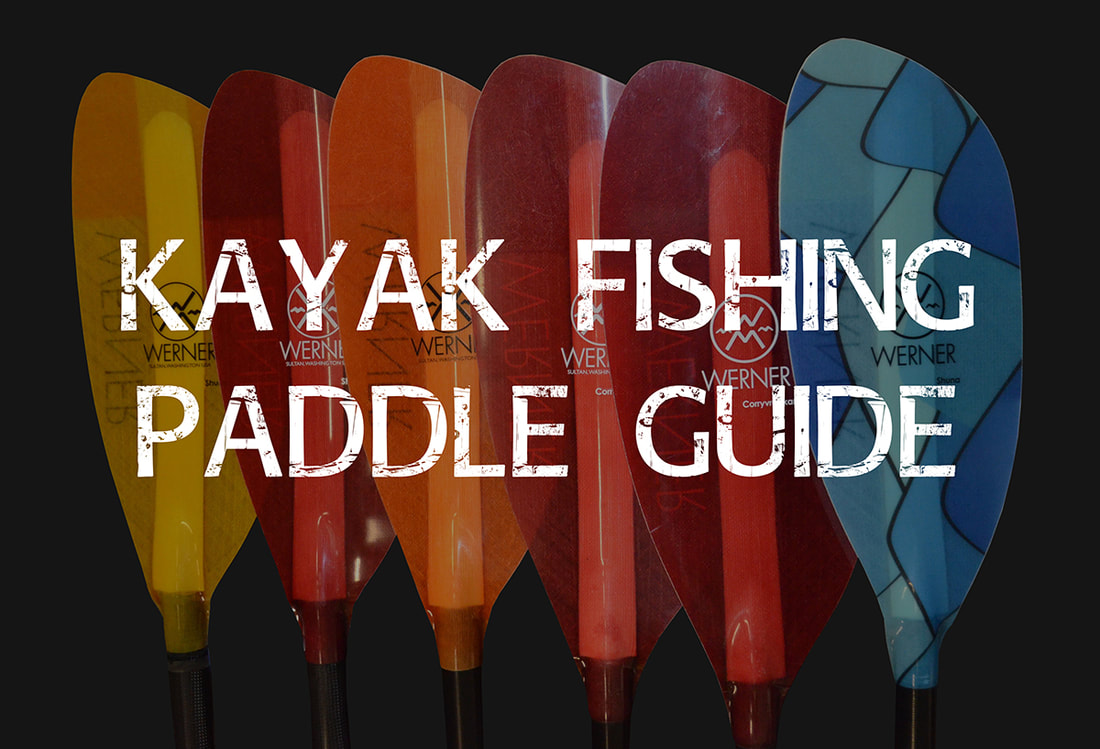
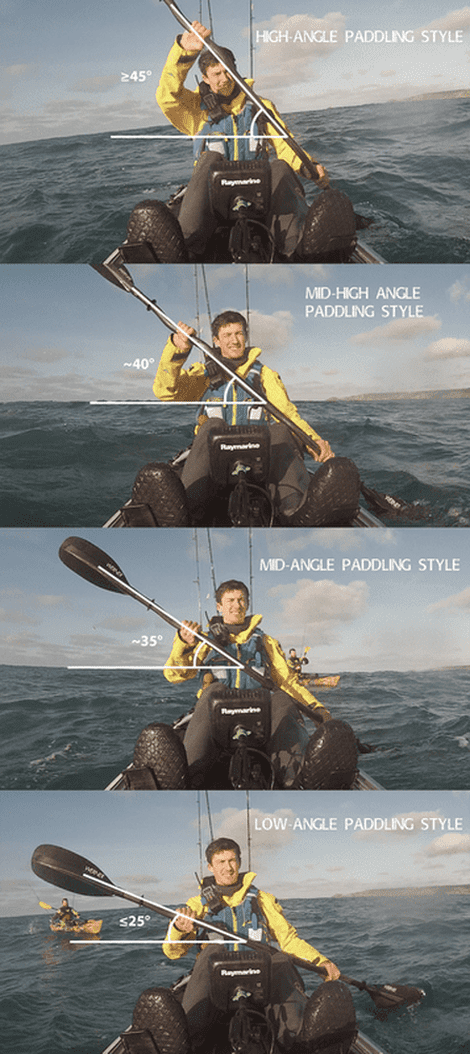
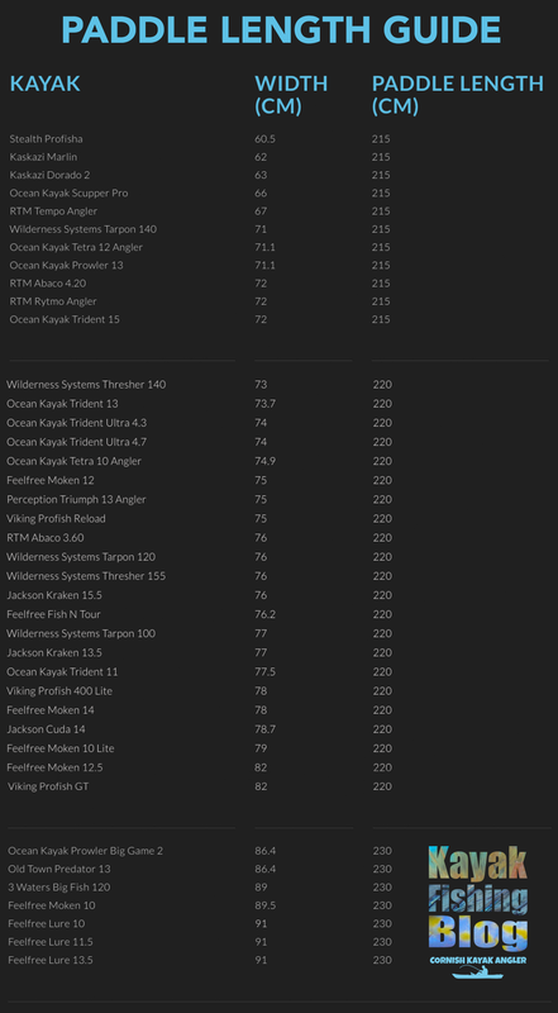
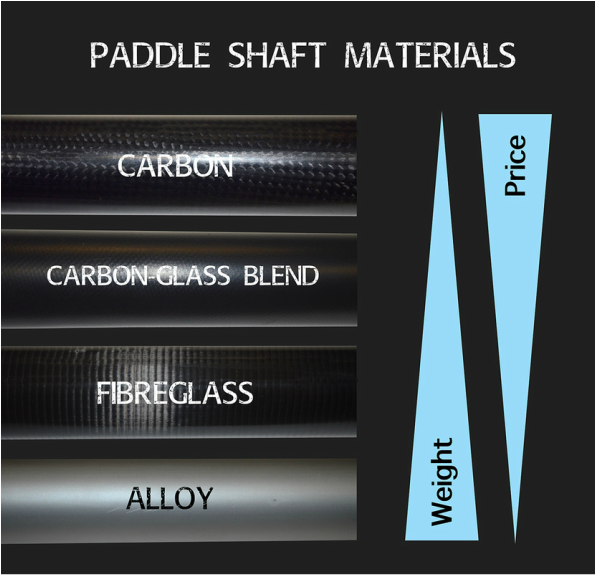

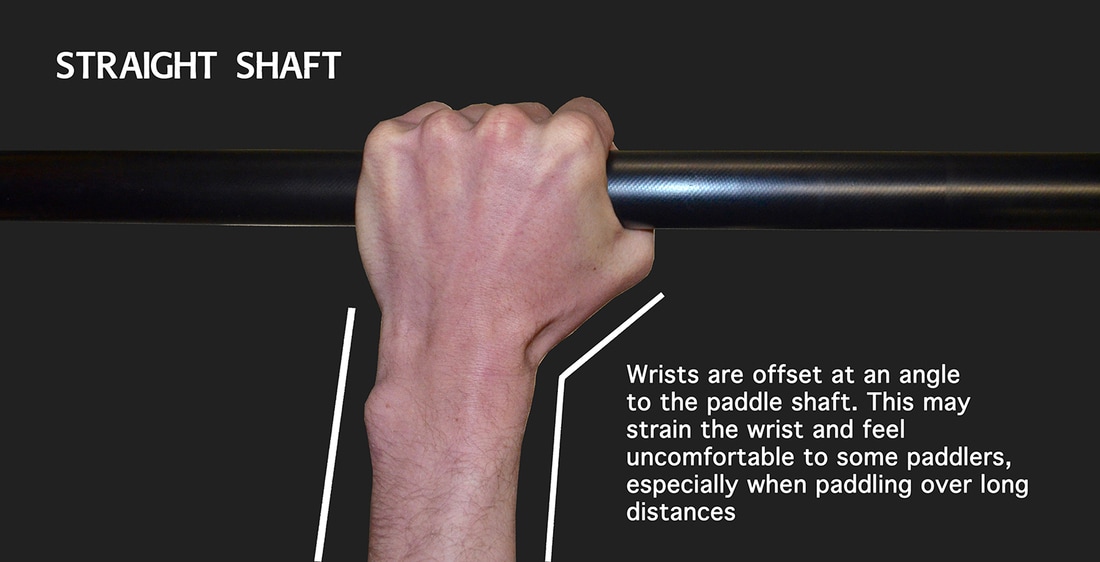
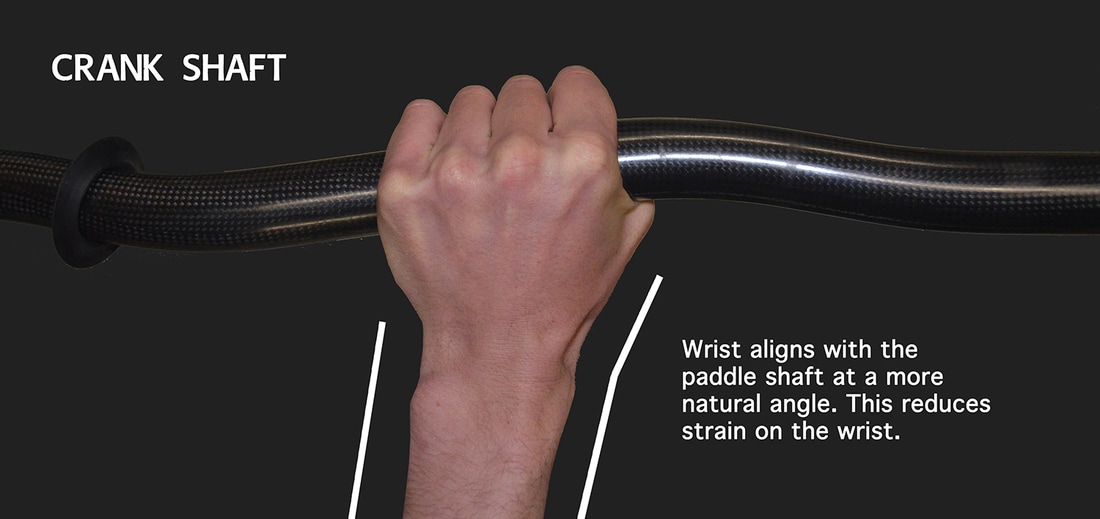
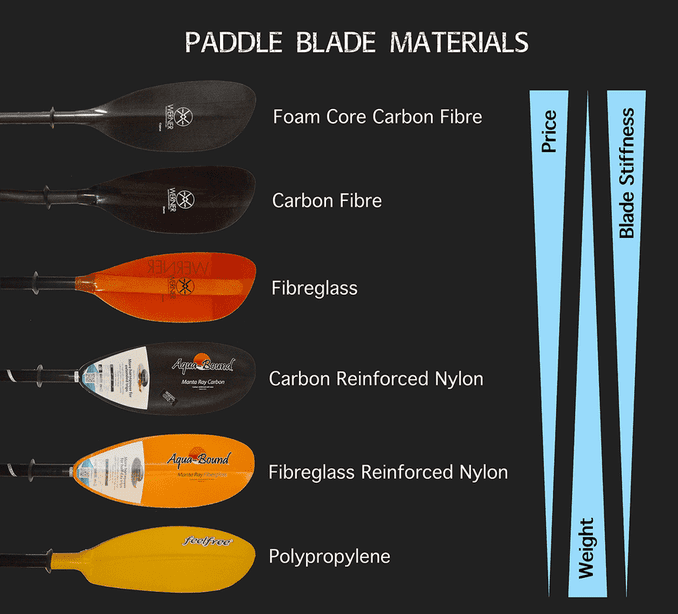
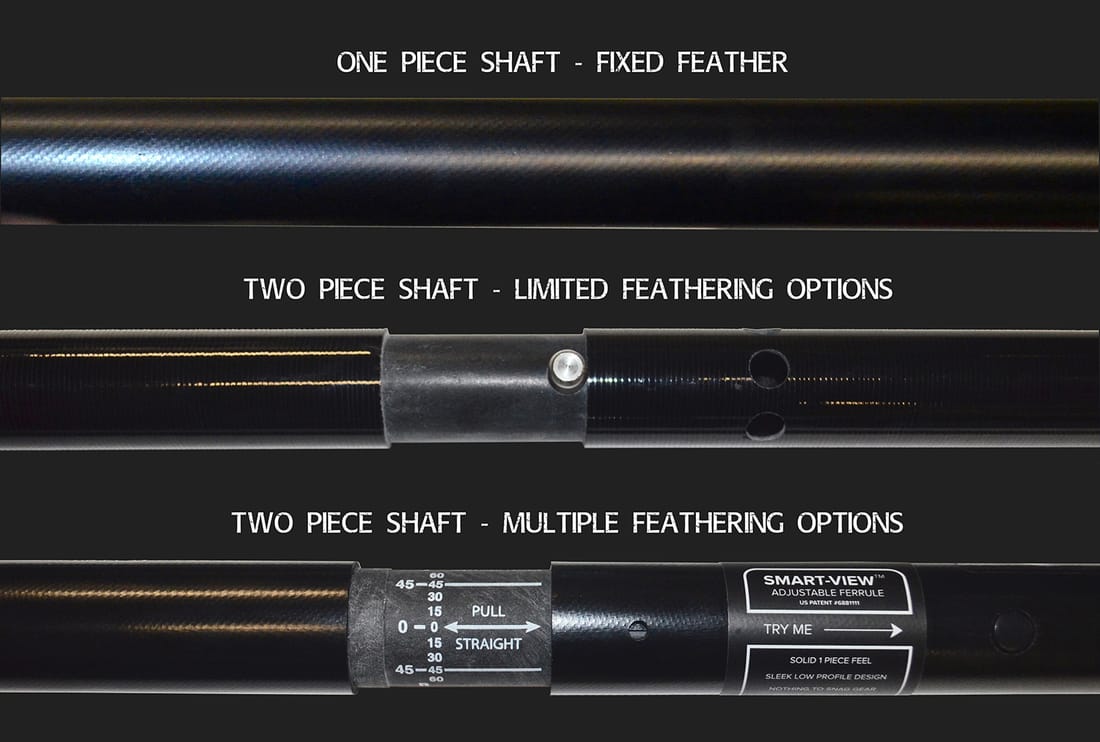
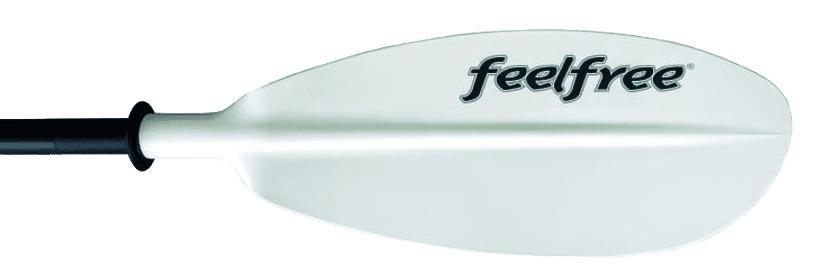

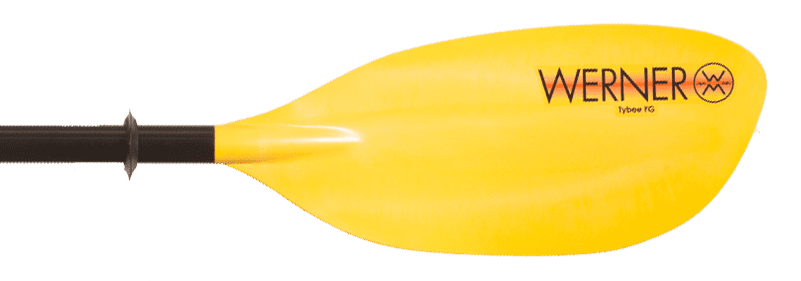
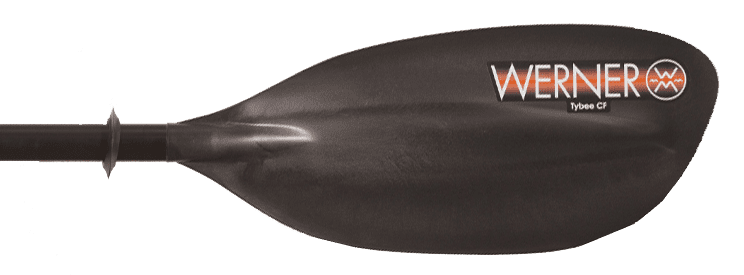
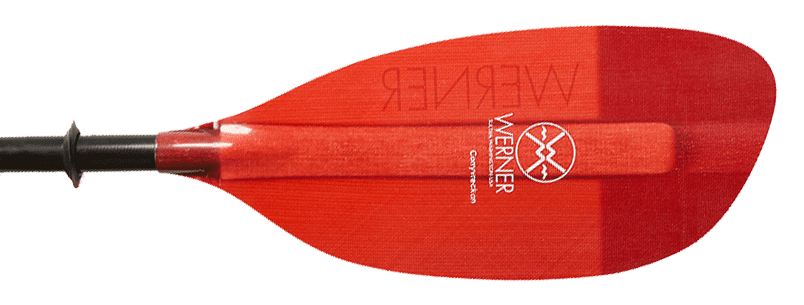
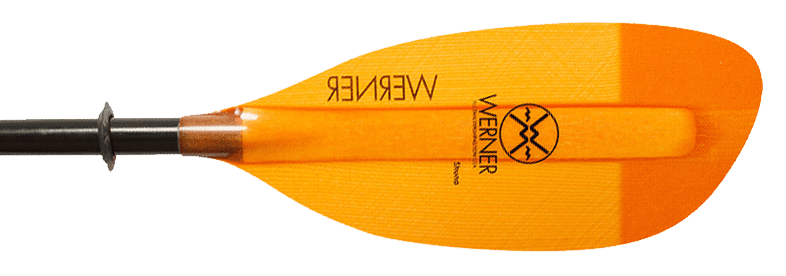

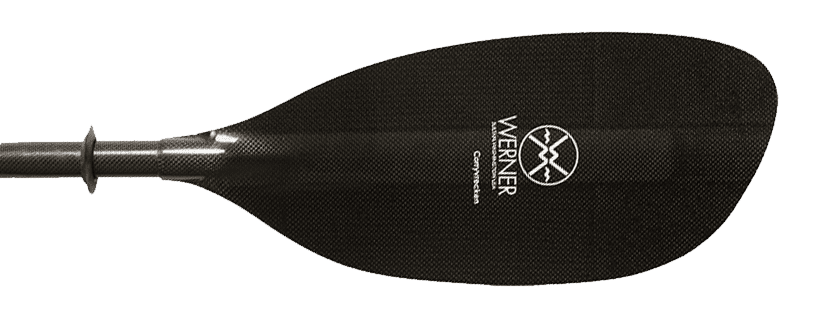
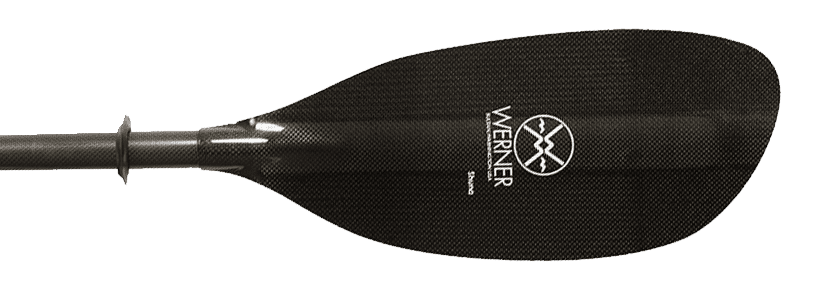

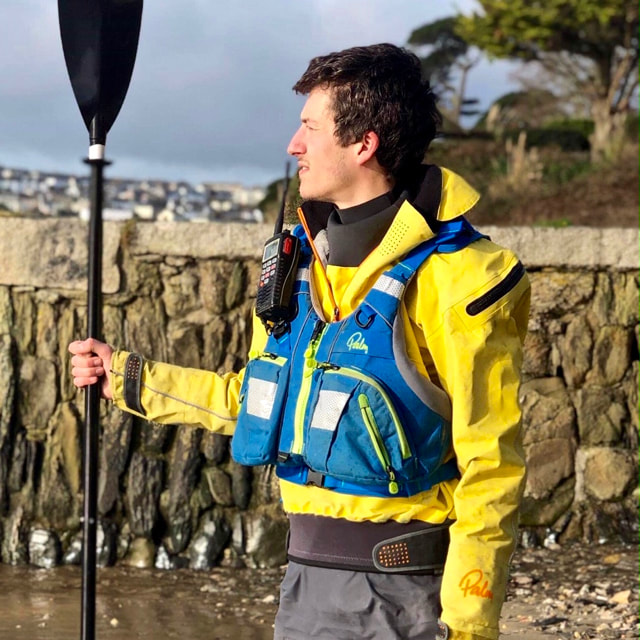
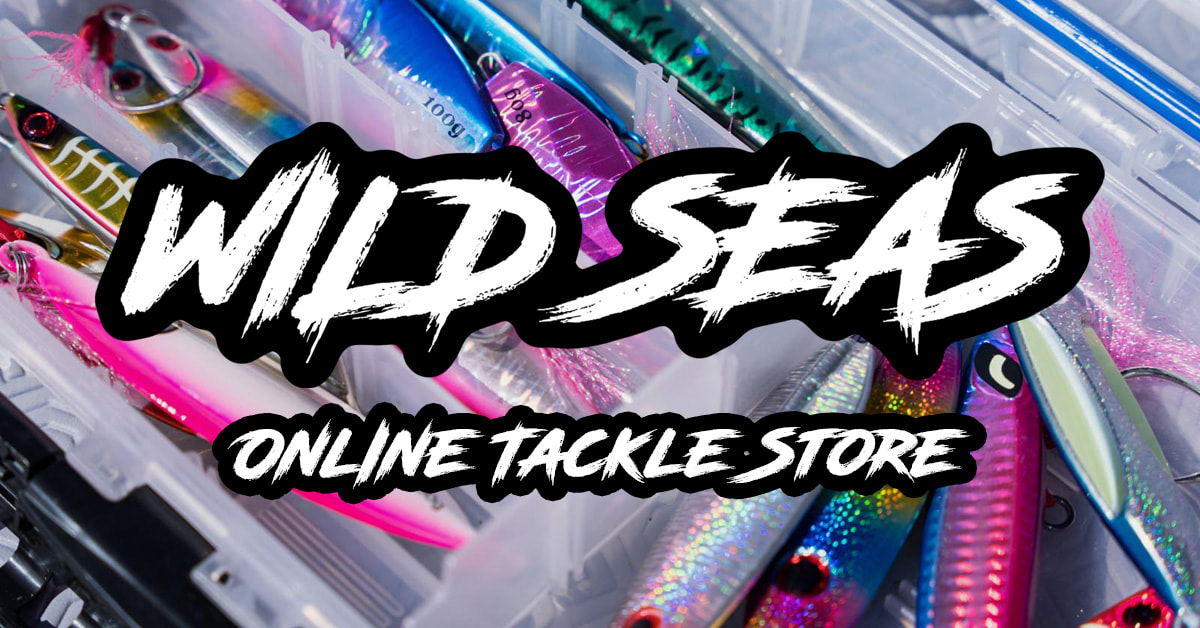




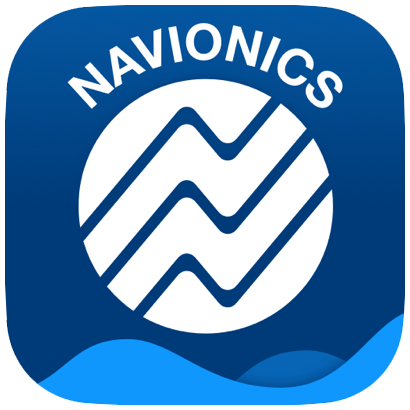

 RSS Feed
RSS Feed



